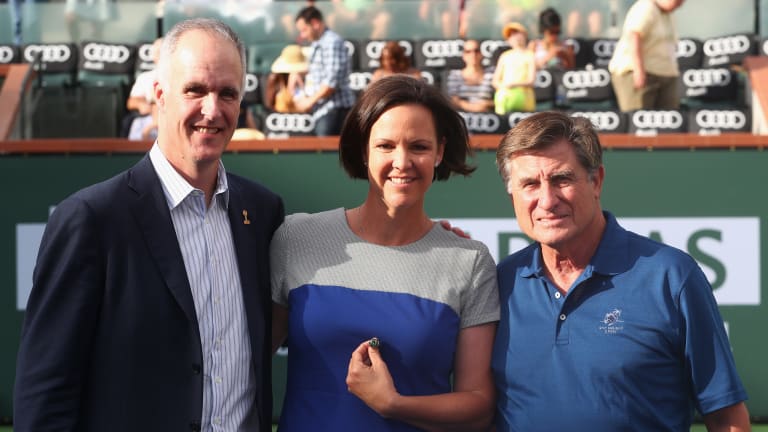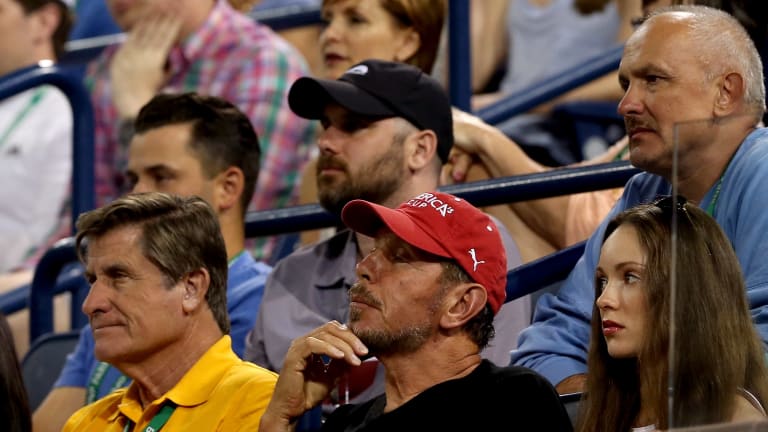Hang out at a tennis tournament long enough and you will meet your share of dreamers. On a back practice court is an instructor with the silver bullet for improving Roger Federer’s backhand. Near the exhibitor booth stands an inventor with a racquet that will save the world. Roaming in hopes of chatting up a potential sponsor is that promoter who’s got an event in mind that will dramatically increase the sport’s popularity. And let’s not forget, hovering in the media area, those producers who seek to create features and documentaries. These people all personify the notion that talk is cheap.
Then there is Charlie Pasarell. Growing up in Puerto Rico, Pasarell greatly admired his father. “Big Charlie” was an excellent tennis player who’d competed at Forest Hills. One day, the younger Charlie was told by his grandfather that if he worked hard at his tennis, he might one day be as good as “Big Charlie.” The little boy politely countered: No, no, I’ll be better. I’ll be world champion. He got darn close, including being the top-ranked American in 1967.
A decade later, as his playing days wound down, Pasarell came up with what was dubbed “The Blockbuster Plan”—for tennis to create more Grand Slam-style events. It was the kind of ambitious idea you’d expect from a man with a big serve and a bold playing style.
Soon after that, in 1981, Pasarell founded, owned and, for 31 years, served as tournament director of what’s now the BNP Paribas Open, the combined ATP-WTA event currently underway in Indian Wells, California. “Charlie has always had big dreams,” says his fellow Hall of Famer and close friend, Donald Dell. “But best of all, he has always had what it takes to bring them to life.”
Though Pasarell’s official engagement with the tournament ended in 2012, he remains immersed in it. On this Saturday October morning, he’s sitting in the Indian Wells Tennis Garden’s parking lot, keen to shortly watch the afternoon’s matches with his son-in-law during the tournament’s highly popular middle weekend. “I still feel that it’s my baby, so to speak,” says the 76-year-old Pasarell. “I love this event. It’s one of the things in my life that I’m most proud of.”

